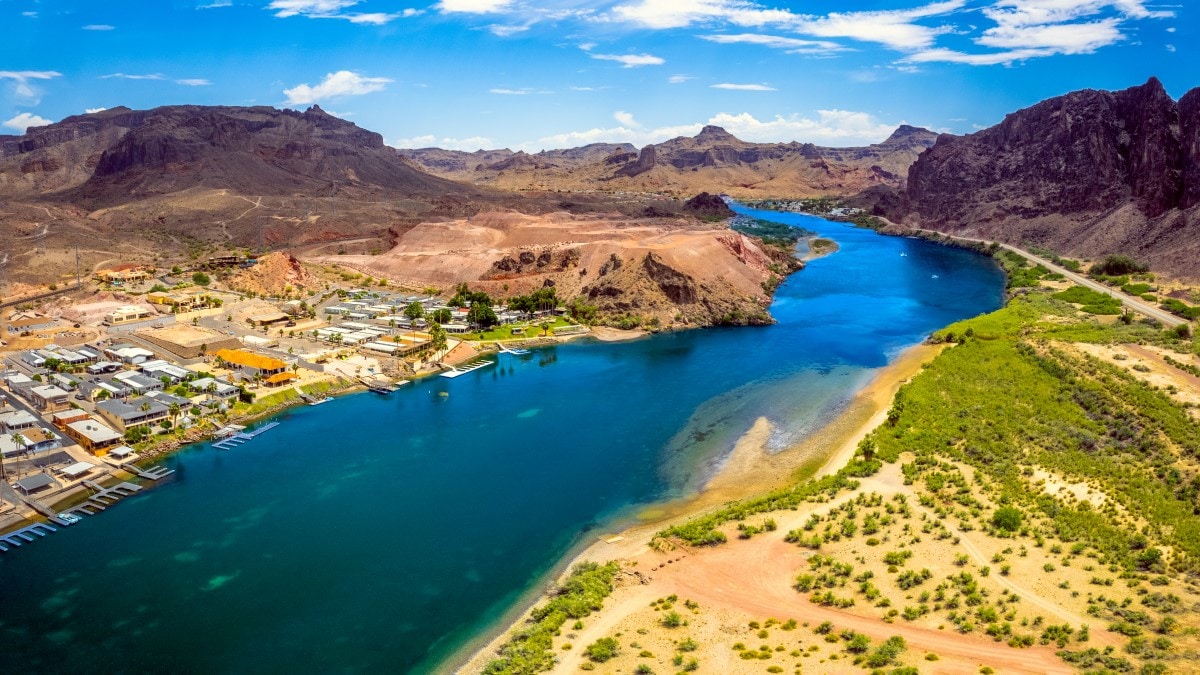At a glance
Have you ever stopped to think about how many times a day you use water from a faucet? During Drinking Water Week, learn more about where your tap water comes from and what makes it safe to use.
First full week of May each year
May 4-10, 2025
Description
Drinking Water Week is the first full week of May each year. It is sponsored by the American Water Works Association to recognize the critical role drinking water plays in our daily lives.
Why it's important
Many improvements in health over the last 100 years can be linked to better water quality. In fact, expanding access to safe drinking water was one of the United States' most important public health achievements of the 20th century.
We all rely on safe drinking water. We can keep our water safe by protecting the bodies of water that supply our tap water and by removing harmful germs and chemicals.
Protecting source water
Many federal, state, and local organizations work with communities to protect source water, such as lakes, rivers, and water under the ground. Stopping sewage from seeping into drinking water sources by repairing broken septic systems and maintaining sewer systems greatly reduces germs in our source water.
You can also reduce water pollution by always following the directions on products with harmful chemicals and disposing of them properly. These products include lawn chemicals, pesticides, motor oil, and household cleaners.

Keeping public tap water safe
Government regulations reduce pollution of the water sources that supply our drinking water. However, treating and testing public tap water before it reaches our faucets is still critical to make sure the water is safe to drink.
Federal, state, and local authorities limit germs and chemicals in public water systems. Drinking water utilities meet these safety standards by treating water to remove harmful germs and chemicals. Water treatment has improved access to safe water for millions of people.
Keeping private wells safe
Federal regulations do not apply to privately owned wells, although some states do regulate private wells. As a result, most of the estimated 43 million people in the U.S. who get their water from private wells are responsible for making sure their tap water is safe to drink.
If you have a well:
- Take steps to protect it
- Test the water at least once each year for harmful germs and chemicals
Your health department or a water well professional can help you with maintenance, new well construction, and water quality testing.
Water system challenges
Protecting our water sources and maintaining tap water systems are ongoing challenges.
Some drinking water systems in the United States are over 100 years old. Cracked pipes, water main breaks, and other age-related issues make it more likely that germs or chemicals will get into the water. Warming temperatures and other climate changes also increase the risk of harmful germs and chemicals getting into tap water. Germs or chemicals in tap water can cause drinking water advisories and illnesses.
The American Water Works Association estimates it will cost nearly $1 trillion in the next 25 years to repair and expand our drinking water systems to meet the demands of the growing U.S. population.
What CDC is doing
CDC works to address drinking water challenges through water-related research, prevention, and policy activities, including:
Research on health impacts
- Estimating the number and cost of illnesses in the U.S. spread through water
- Evaluating the health impacts of low water pressure events in public water systems
- Improving laboratory methods for sampling, testing, and monitoring water quality
Preventing diseases spread through water
- Providing support for state, local, and tribal health officials to investigate, report, and prevent illnesses associated with drinking water
- Tracking disease outbreaks linked to drinking water to prevent future outbreaks
- Developing tools and resources to respond to water-related emergencies
- Working with national partners to provide technical assistance, training, and guidance on improving safe drinking water programs
- Working with federal, state, and local partners to recommend priorities for drinking water policy and research
- Investing in health department programs that improve access to safe well water
- Providing national leadership on community water fluoridation practice
Resources
Use CDC's communication materials to learn more and share drinking water information with your friends and family.
Visit the American Water Works Association's Drinking Water Week page for more details and celebration ideas.
